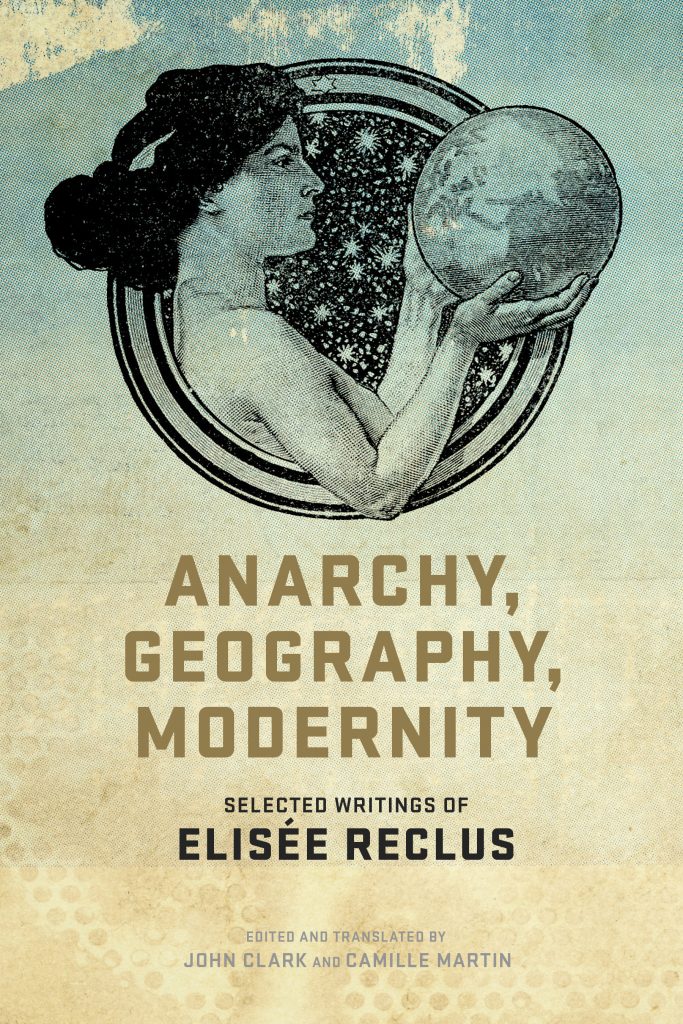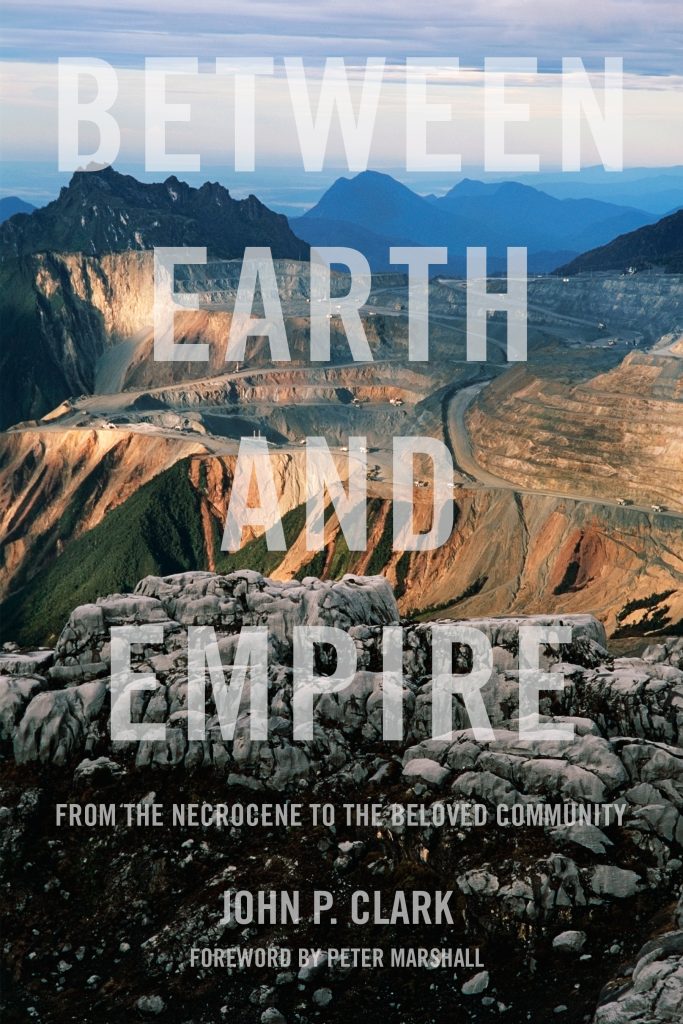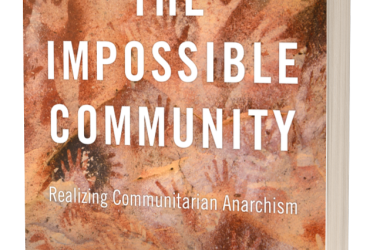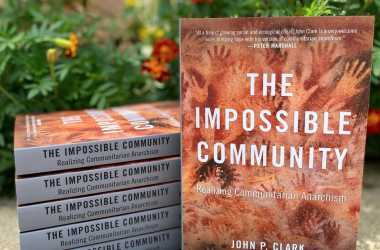The following talk was presented thirty years ago at an Earth Day 20 program at Loyola University New Orleans entitled “Earth Day 1990: Launching A New Environmental Decade.” I hadn’t read this over in many years, so on rereading it I was pleasantly surprised that when I singled out four prime examples of the “Mother Rapers” responsible for the devastation of the Earth, I chose not only the President of the United States, the Prime Minister of England and the currently most prominent auto industry executive, but also a certain “Donald T.,” who was identified as “a world class Mother Raper.”

EARTH DAY 20: A RADICAL ECOLOGICAL VIEW
I want to talk about two Earth Days. Others have commented on Earth Day 1970 and Earth Day 1990: how they differ, how they are similar. These are not the two I want to discuss now. I do, however, want to talk about two Earth Days that differ strikingly.
But first I want to talk about the Earth Year. No doubt you’ve heard the metaphor before. Imagine the history of life on this planet as one Great Year. Where does history stand in the course of Earth history? Where do we stand today?
Most of the Great Year passed with little existing other than bacteria, algae, lichens, and fungi. Most of the teeming life forms that now populate the planet are very late developments over the course of this Year. The fish, amphibians, and reptiles arrived only in the last two weeks, as did the insects, which are now the most prevalent life forms. The birds and mammals developed well into the final week, as did the flowering plants, the last great biotic development.
The History of Civilization constitutes almost precisely the single last minute before midnight on Dec. 31 of Earth Year. Happy New Year, humanity!
During our historic minute, tribal village societies were replaced by small kingdoms, great empires, and, finally nation-states. Tribal hunting and gathering grounds were replaced by individual and state property, and finally by huge corporate agglomerations. Systems of kinship and extended family were replaced by patriarchy and male dominance, and by the nuclear family, which quite appropriately finally exploded, self-destructing into atomized individuals. Agriculture was introduced, only to be succeeded eventually by manufacture, heavy industry, and, finally, a complex system of high technology.
What is the legacy of this civilization? What is most important for our discussion tonight, and no doubt most important per se, is that it is a legacy of destruction of the Earth. The entire process of planetary evolution, with its ecological richness, complexity and diversity, is being reversed. This was evident in 1970, and it is even more obviously true today in 1990.
To restate our question more clearly: What is the legacy of the state, capitalism, patriarchy and industrial technology? It is a legacy of death and destruction.
In the twenty years since Earth Day I, the crisis of the Earth has seriously intensified. A large percentage of the remaining rain forests have disappeared during that time, and most may be gone before another twenty years passes. Species extinction has accelerated alarmingly and is now at the level of 10,000 per year, according to some estimates. We may lose one and one-half million species in the next generation. Increasing evidence exists of the development of the Greenhouse Effect. Its present effects are being debated, but the conditions that point to catastrophic future conditions have not been reversed. We are only now beginning to see the results of the long-term destruction of the ozone layer, and efforts to eliminate the causes are only beginning. World population is now over five billion, and we can be certain of massive ecological destruction as it achieves its final doubling during the next generation. Unexplained disease and die-offs of species give evidence of the weakening integrity of the biosphere. Unprecedented technological disasters like Bhopal and Chernobyl show the unsafe nature of current technologies and methods of production, while little has been done to create a new course of development. Here in Louisiana, we are experiencing diverse ecological disasters, ranging from abnormal cancer rates to the accelerating loss of our coastline. And all this only begins to describe the extent of the ecological crisis.
In spite of this overwhelming evidence of severe crisis, the mainstream “environmental” movement continues to counsel us to pursue the path of moderate reform. Yet this has been exactly the course taken in the last two decades, with disastrous results. It is beyond the capacity of the official environmental movement to consider the scope of social transformation that is necessary. Civilizations and social systems have fallen because of crises that are minor in comparison to the one we are now facing. Many of us have come to work within the Green Movement because we find it to be the only political movement in the world that suggests what is necessary: a new politics, a new economics, a new culture, and a new personhood that are qualitatively different from those we have inherited. If we are to create an ecological society, we cannot do it through old institutions, like the centralized state, the corporate economy, and high-tech production, and while we are ourselves reduced to regimented workers and obsessive consumers. We must create a New World if we are to preserve the Earth.
For this reason, Earth Day 1990 must be a political event, in the deepest sense. That is, it must inspire people to take responsibility for creating a more ecological society, and to see how the struggle to protect nature is tied to the struggles for greater freedom, democracy, justice, and peace. Earth Day 20 must carry on the most visionary ideals of the first Earth Day. We must celebrate the Earth, proclaim our vision of hope for the future, and express our righteous indignation at the forces that continue to destroy the Earth and create injustice in the world.
Ironically, these forces have succeeded in co-opting much of the Earth Day activity. “We’re calling it the Day of Corporate Absolution,” said Jeffrey St. Clair, an activist with Forest Watch in Bloomington, Indiana. Among the examples:
Earth Day Portland will not deal with any issues, including timber issues. Also, after much debate, the organizing committee recently decided that “primary resource extractors” (timber and mining companies, utilities, etc.) can sponsor local festivities.
Earth Day St. Louis has accepted $15,000 from the Monsanto Corp., one of the country’s biggest pesticide and herbicide manufacturers.
TEAM, a public relations front group (aka Maxxam), is listed first on the letterhead among the groups working on Earth Day in California’s Mendocino County.
The chairman of Hewlett-Packard, one of California’s biggest ozone depleting companies (208,000 tons of ozone depleting chemicals into the air in 1988), is on the national Earth Day board, and the company is a major sponsor in southern California.
Earth Day Indiana invited Vice President Dan Quayle to speak at festivities in Indianapolis.
As reported by the Earth First! Journal, the Portland example is particularly flagrant. The Portland Earth Day Planning Committee has sacrificed almost everything in the quest for the big bucks that might produce media attention and the biggest possible crowds. According to the March/April edition of the Portland Free Press, the committee decided that corporate sponsors will not have to agree with the goals or principles of Earth Day, though they will have to claim that they have “a lasting commitment to the environment.” Portland’s Earth Day Fair will be held at the headquarters of PG&E, owner of the hotly contested Trojan Nuclear Power Plant.
In New Orleans, we have been subjected to some of the same outrageous misbehavior. Earth Day materials have been distributed widely with the signature of Karen Ballard, Community Relations official for the local power company, LP&L/NOPSI, the logo of LP&L (“An Entergy Company”) and the statement “Printing Service Provided By LP&L.” The Entergy (alias “Entropy”) Corporation–formerly Mid-South Utilities—is responsible for the unneeded and unsafe Waterford III reactor in the New Orleans area. It has imposed exorbitant energy costs on a poor city by contracting with the economically insane Grand Gulf reactor. And it has a long history of financial irresponsibility and promotion of anti-ecological energy policies. Their belated and fraudulent “environmentalism” is not appreciated by environmental activists.
While the literature distributed under the auspices of LP&L/NOPSI (and, unfortunately, the Louisiana Nature & Science Center) contains many good ideas, it is notably weak on issues like more stringent control of polluters, political action in general, and public demonstrations or direct action in defense of the Earth. Typical of the apolitical line taken in most of the material is its “simple solution to the world’s environmental problems”: “I’ll take responsibility for my actions, thus serving as a role model, and I’ll discuss environmental issues with my friends and associates.” Earth activists reply, “Sorry, LP&L/NOPSI, we’d prefer to take responsibility for preventing your actions, talk about you, and make sure you and your ilk get the LP&L out of the ecology movement—and out of our communities!”
Even worse is the “reason for optimism” offered to us by these eco-charlatans: “Environmental demonstrators of April 22, 1970, are in their 40’s and within a decade will be in the Board rooms of corporate America!” Anyone who knows any history realizes that we would be naive to place our hopes in any corporate boardrooms, even if a few ex-ecologists are sitting around the table. The leaders of large corporations have as their major responsibility the financial interests of their stockholders—not the health of the planet. Any ex-protestor who aspires to success or even survival in the corporate world will have to adapt to that mentality. The job of those who defend the Earth is to make it impossible to profit through eco-destruction—whether that means regulation, buyouts, boycotts, or other forms of direct action.
We would be delighted if the erstwhile exploiters see the error of their ways and begin to work for the earth instead of against it. But they seem to have no intention of breaking with the institutions and processes that are devastating the earth. We will know when they truly have a change of heart. We’ve all seen the PSAs about addiction and alcoholism. The ones with the people saying how bad it all was, how they have changed, and how they have to fight against backsliding, etc.
I want to see a commercial in which the corporate and governmental gangs responsible for the rape of Mother Earth tell us exactly what they are, and how they are going to deal with their sickness. Imagine the following:
A face, lit by a candle, appears on a dark screen. It speaks: My name is Lee I. I am a Mother Raper.
It passes a candle to another face. It speaks: My name is the Donald T. I am a world class Mother Raper.
The candle passes to another face. It speaks. My name is George B. I am a kinder and gentler Mother Raper.
The candle illuminates a final face. It enunciates. My name is Maggy T. Ladies can be Mother Rapers too.
Someday, we may see this commercial. Change is possible. We have just seen vast changes in Eastern Europe, as the monstrous Stalinist system has finally fallen in many countries. The Eastern Europeans should be given credit for one thing: at least they have not been so naive as to fall for a new democratic system run by the Stalinists. They have had a vague suspicion that the people who brought them mass murder and several generations of repression might not be the ideal democratic leaders.
I hope that we can become at least as suspicious of our masters. We must end the exploitation of the Earth and begin to create a truly ecological society. We cannot trust the exploiters to run that ecological society.
So, I return to the topic introduced earlier tonight by Prof. Ladd: “A Tale of Two Earth Days.” One Earth Day is brought to you by those who are murdering the Earth—the sponsors not only of Earth Day 1990 but of the system of social and ecological injustice that prevails globally. They encourage you to be patient, to demand nothing that interferes significantly with production or profit, and to clean up your own act in your personal life, so you can feel better about your own anti-ecological sins.
The other Earth Day is brought to you by the Earth and the people who think and feel as if they are a part of it. Those who want to live like they are a part of it. Those who are willing to consider the possibility that the political, economic and technological systems that have existed for a few brief seconds in the Great Year of the Earth might be transformed—so that the Earth might continue to live and flourish.
John P. Clark is an eco-communitarian anarchist theorist and activist. He lives and works in New Orleans, where his family has been for twelve generations. He is Director of La Terre Institute for Community and Ecology, which is located on Bayou La Terre, in the forest of coastal Mississippi. He is the author or editor of fourteen books, most recently The Tragedy of Common Sense (Changing Suns Press). He writes a column, “Imagined Ecologies,” for the journal Capitalism Nature Socialism, and edits the cyberjournal Psychic Swamp: The Surregional Review. He was formerly Curtin Distinguished Professor of Philosophy at Loyola University. Over three-hundred of his texts can be found at https://loyno.academia.edu/JohnClark.






